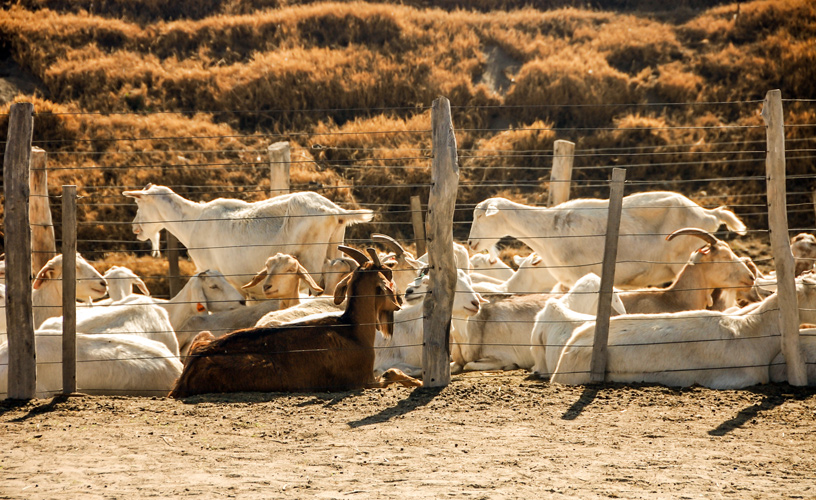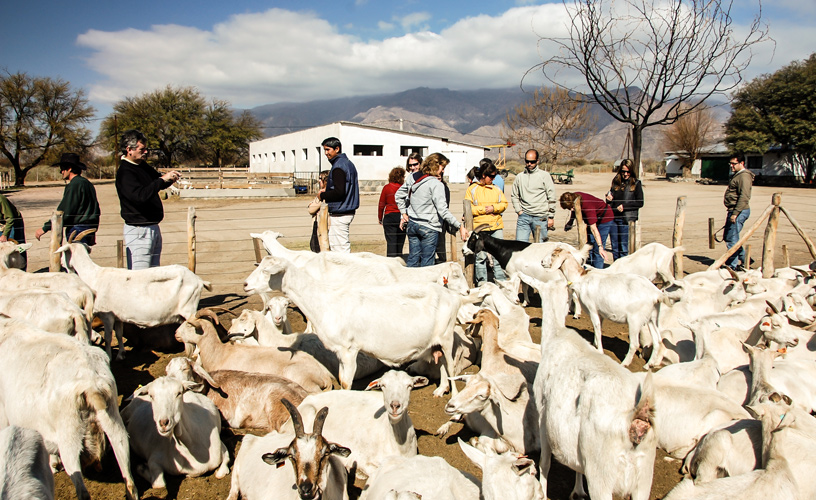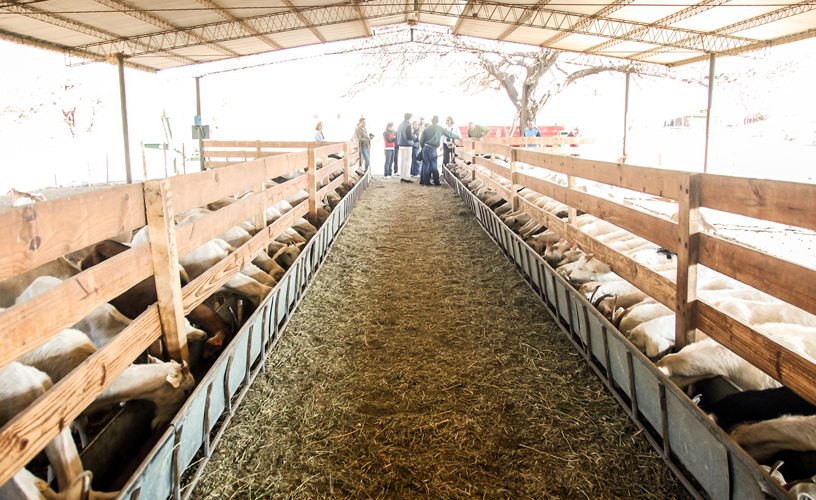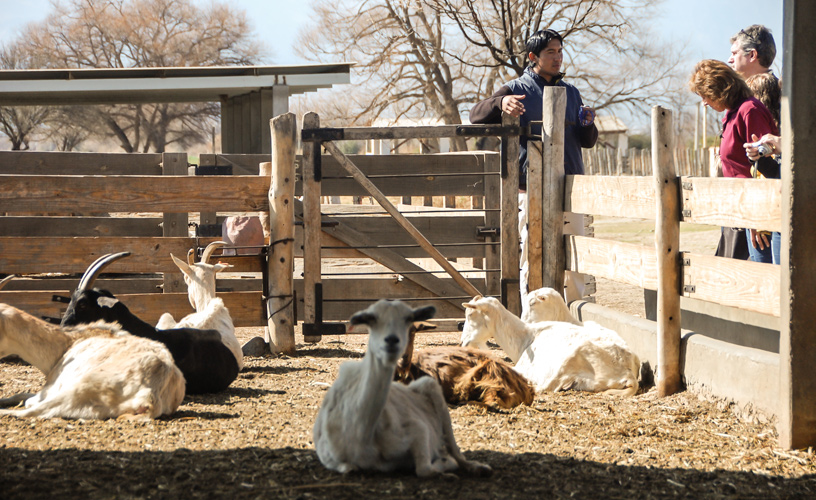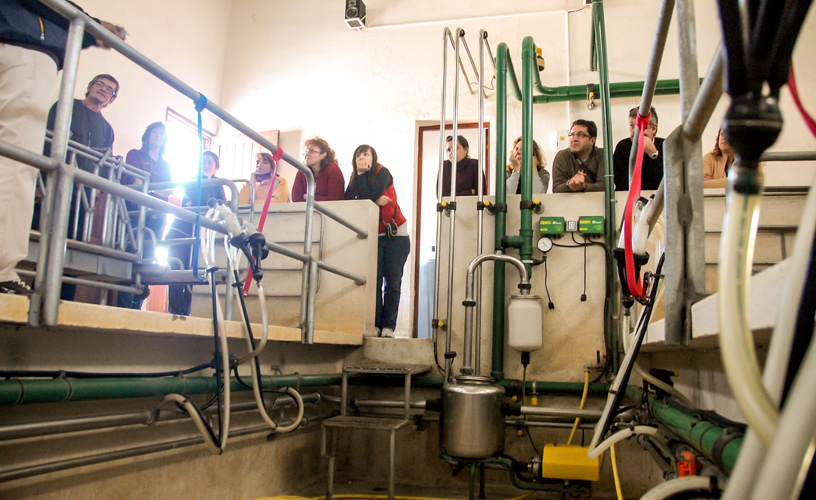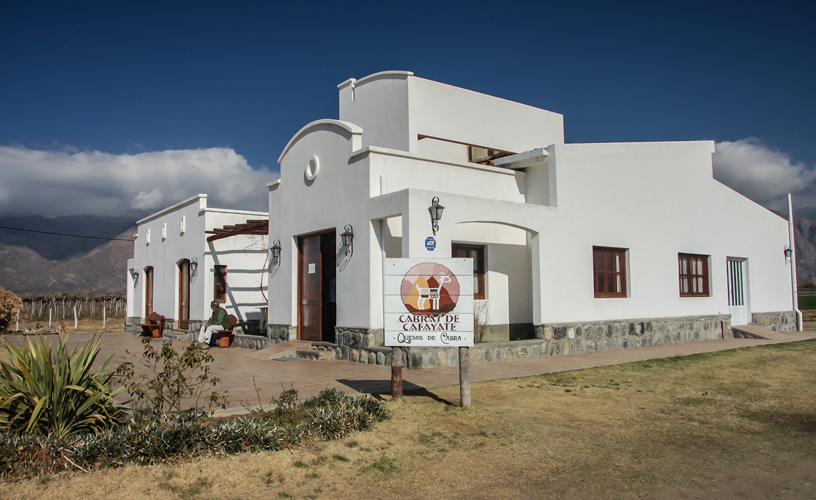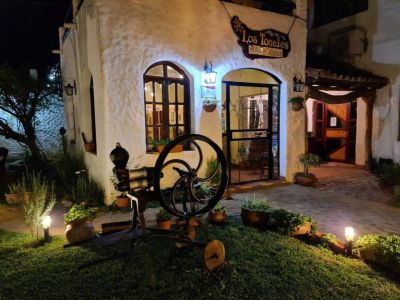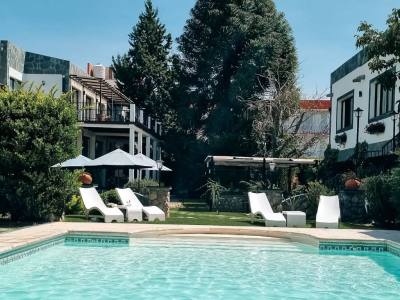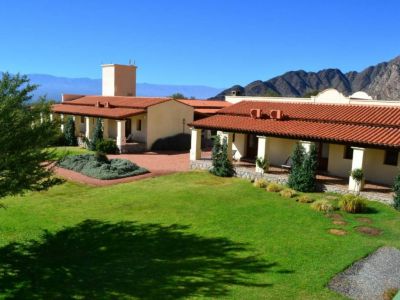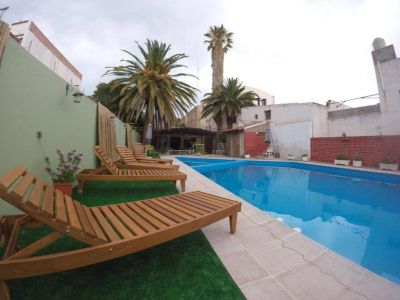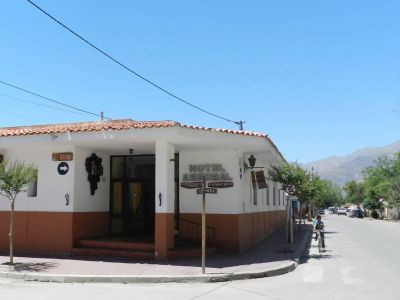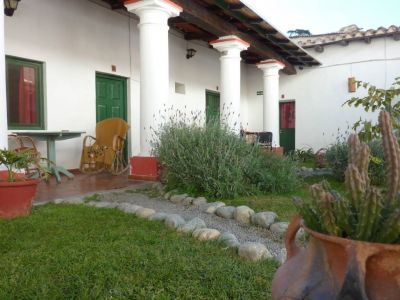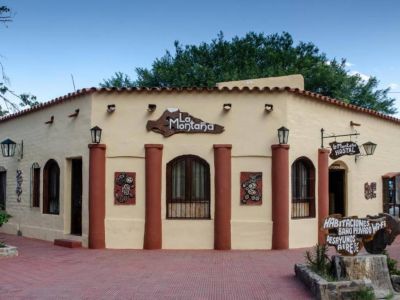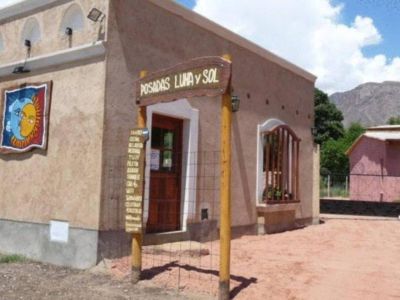Close, very close to downtown Cafayate, there exists a venue visitors should not miss. They may buy some of the many products offered for sale and they will feel the pleasure of spending one day in the countryside while learning the basic notions of craft cheese making.
But this is not all. This is not the typical product made with cow’s milk we are used to consuming. This cheese is made with goat’s milk. And there is even more: visitors may have contact with hundreds of goats that live in the facilities.
Starting at the central square, we took Mitre Street heading northwards and turned right into Córdoba Street. We drove for one and a half kilometers and let ourselves be led by the signs reading “Cabras de Cafayate” (Cafayate goats). We passed by some vineyards before reaching our destination, located inside the estate of the Domingo Hnos. Winery.
Soft goat cheese
At the Beginning
When the tour started, Miguel Guantay, our guide, told us that they had began breeding goat with the only intention of using the guano or excrement to fertilize the vineyards. The original criollo goats were bred with purebred male specimens and the story began. Today, the new goats are larger in size and they produce more and better milk.
We visited the pens where the goats were separated by age, by their pregnancy conditions or by default. The latter are slaughtered. It is very interesting to see how they have studied the different timings for pregnancy, weaning and milk production again. Thus, they make sure they have goats available for milking year round for the production of cheese.
Herds with Different Kinds of Hair
We saw various breeds of goat, with different skin and origin. They are constantly bred in order to improve milk features. A goat may produce from 1.5 to 3.5 liters every time they are milked and their life expectancy for such purpose is between 8 and 9 years.
The corral area is odorless and this is due to the fact that the females do not return to the dairy farm immediately after the service to avoid contact with the males’ urine, which is the usual cause for the odor. Year after year, the number of females and males born there changes and no insemination procedures have been carried out so far.
Everything is well cared for, also their food. Basically, the goats eat grape seed oil and skin, carob fruit, corn, barley and oats. All this is produced in the field, therefore, sustainability is guaranteed. The discarded males are slaughtered at the facilities and sold in Cafayate.
The dairy farm also has mechanic equipments and everything is extremely clean. The boxes where the goats are milked daily are specially designed to avoid disturbing the females. The milk is carried onto a different area, where it is pasteurized and divided according to the final product.
Milk Products
Ferments and rennet are used and processed according to the cheese to be produced. Each variety has its own process and maturation time. Thus, soft, semi hard and hard cheese are made. In turn, some cheese preserve their natural flavor and others are smoked or added some spice. Butter and curd are also produced.
While tasting the cheese, we learned that the goats’ milk qualities had been proved concerning their nutritional value, their polyunsaturated fat, proteins, vitamins and essential amino acids. Besides, it is easily digested as a result of its softness. Another tip: goat’s milk cheese is white. Cow’s milk cheese is yellow.
Cafayate cannot live by wine alone: it also lives by its cheese production venue at the new goat dairy farm.
Mónica Pons
Eduardo Epifanio
Contact of the excursion or tour
Cabras de Cafayate
Córdoba s/n Finca Auletta Fracción G y H, Cafayate, Salta, Agentina
Phone: +54 3868-422050
